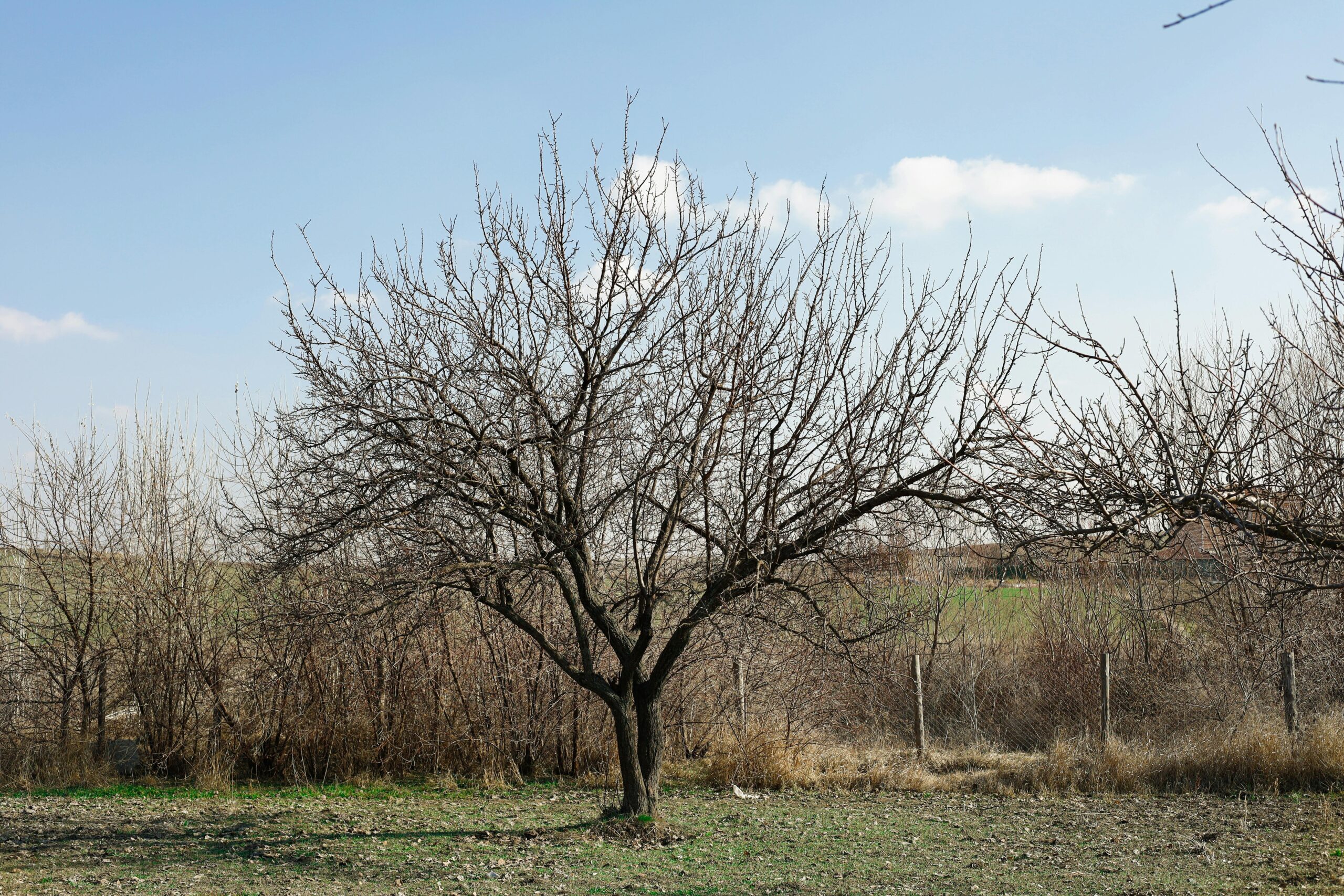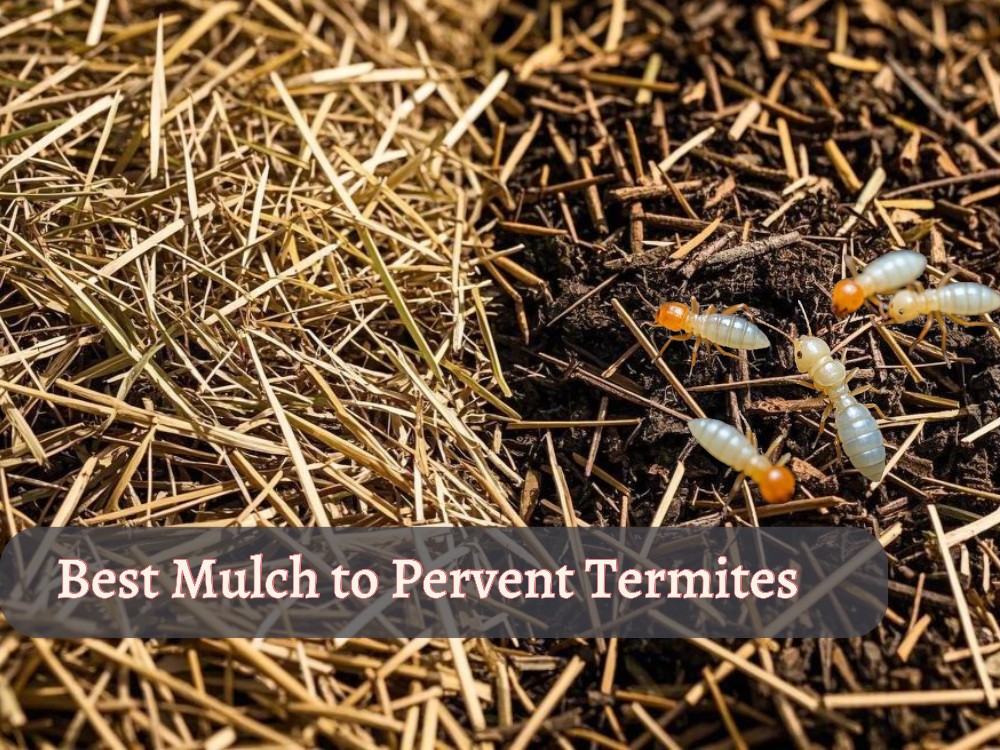I still remember sitting in my backyard last November, holding a warm cup of tea and watching my fig tree slowly shed its golden leaves. For a moment, I thought, Is it dying?
But as any gardener learns with time, sometimes what looks like an ending is actually nature’s way of beginning again. So yes, fig trees do lose their leaves in the winter, but not because they’re sick or dying. It’s completely natural, even necessary for their survival.
This autumn, if you are new to planting a fig tree, here is how to plant it in the fall.
It’s Not a Disease, It’s Nature’s Smart Move
Fig trees, called Ficus carica, are deciduous, meaning they drop their leaves every year when the weather cools. When temperatures fall and daylight shortens, the tree begins preparing for dormancy, a period of rest that lasts through winter.
It’s how nature tells the fig tree:
“Save your energy now. You’ll need it when spring returns.”
By shedding leaves, the tree reduces water loss and protects itself from cold damage.
So, if your fig looks bare in winter, relax. That’s its way of staying alive and healthy.
Dormancy Can’t Be Stopped, And Shouldn’t Be
Here’s something many gardeners get wrong: you can’t stop dormancy, and honestly, you shouldn’t try to. It’s not a flaw; it’s an instinct.
Trying to prevent leaf loss is like keeping someone awake who desperately needs rest. Your fig isn’t failing; it’s just resting.
Dormancy is the pause that makes new growth possible.
During this time, the sap slows down, growth stops, and the tree focuses on protecting its core strength, the roots and trunk. Your job isn’t to wake it up, but to keep it safe while it sleeps.
Winter Leaf Loss Is an Opportunity, Not a Problem
When your fig stands leafless, that’s not the end of the story; it’s actually a gardener’s golden opportunity. Winter is the best time for hardwood cuttings, because the tree’s energy is stable and concentrated in its wood. Taking cuttings now gives them the best chance to root and grow strong when spring arrives.
But here’s the truth: fig cutting time during winter may vary based on your regional climate, so here’s the best time to take fig cutting in your area.
You can also use this time to prune old or damaged branches, reshape your tree, and prepare the soil for the coming season. So instead of worrying about “how to stop leaf drop,” use winter as your quiet season of preparation. Here’s how to take hardwood from a fig tree in just 5 steps.
Every bare branch is a promise, not a problem.
How Climate Shapes Fig Tree Dormancy
Your fig tree’s winter behavior depends largely on where you live.
In mild areas, figs may keep a few leaves; in colder regions, they’ll drop every single one.
| Warm (e.g., South USA, Mediterranean) | Partial leaf drop | 1–2 months | Light pruning, minimal watering |
| Temperate (e.g., Midwest, Europe) | Full leaf drop | 2–3 months | Mulch roots, protect from frost |
| Cold / Snowy (e.g., Northern US, Canada) | Complete leaf drop | 3–4 months | Wrap trunk, insulate roots, move to shelter |
So if your fig in Florida still has a few green leaves, that’s fine, and if your fig in Minnesota looks like a stick, that’s fine too! Each climate writes its own version of winter.
When Fig Leaf Drop Isn’t Normal
Now, here’s where some confusion happens.
Losing leaves in winter = normal.
But losing leaves in summer or early fall = a warning sign.
If your fig starts dropping leaves when it shouldn’t, it might be under stress.
Common causes include:
- Water stress: excessive or insufficient watering.
- Sudden temperature shifts: especially moving a potted fig indoors.
- Nutrient deficiency or root shock.
- Pests or fungal infection.
So, the key is timing. If your fig sheds its leaves in season, celebrate it. If it happens out of season, investigate it.
How to Care for a Fig Tree in Winter
Now that we know leaf loss is natural, let’s focus on what actually matters: keeping your fig tree comfortable during its winter nap. Here’s your simple winter care checklist:
- Water Less, But Don’t Let It Dry Out
Give just enough moisture to keep roots alive. Overwatering is the biggest winter mistake. - Protect from Frost
Cover the base with mulch or straw, and wrap the trunk in burlap if temperatures drop below freezing. - Pause Fertilizing
Your fig isn’t actively growing, so feeding it now is useless, even harmful. - Take Hardwood Cuttings
This is the perfect season for propagation. Select healthy, pencil-thick branches that are approximately 8–10 inches long. - Prune Smartly
Trim weak or overlapping branches, but avoid heavy pruning until late winter or early spring. - Relax and Wait
Nature’s working quietly under the bark. Your patience will be rewarded come spring.
When Spring Returns
As soon as the days get longer and the chill fades away, you’ll notice tiny buds forming along those bare branches. That’s your fig tree waking up, stretching after a long winter’s rest.
Soon, the leaves will return, greener than ever, followed by the sweet promise of new fruit.
All because you trusted nature’s timing.
Leaf loss wasn’t decay; it was renewal in disguise.
Final Thoughts: Do Fig Trees Lose Their Leaves in the Winter?
So the next time you see your fig tree losing its leaves, take a breath. It’s not a crisis, it’s choreography.
Every leaf that falls is part of a cycle of rest, protection, and regrowth.
Instead of asking “how do I stop my fig from losing leaves?”, ask “how can I help it rest well?”
Because true gardening isn’t about fighting nature, it’s about understanding her rhythm.
And speaking of nature’s rhythm, this November 2025, I also purchased a young peach tree, and it made me wonder: when is the right time to move or plant new trees?
If you’re curious too, here’s my detailed guide on how and when to transplant trees →can you plant trees in the fall?
Regional Fig Planting
If you live in Texas, Florida, or Georgia, the following regional guides on fig cutting are for you;
When to plant fig cuttings in Florida | Best fruit trees for Florida
When to root fig cuttings in Texas | Best fruit trees for Texas
When to propagate fig trees in Georgia | Best fruit trees for Georgia
If you live in North Carolina, discover: Can you grow fig trees in NC?






